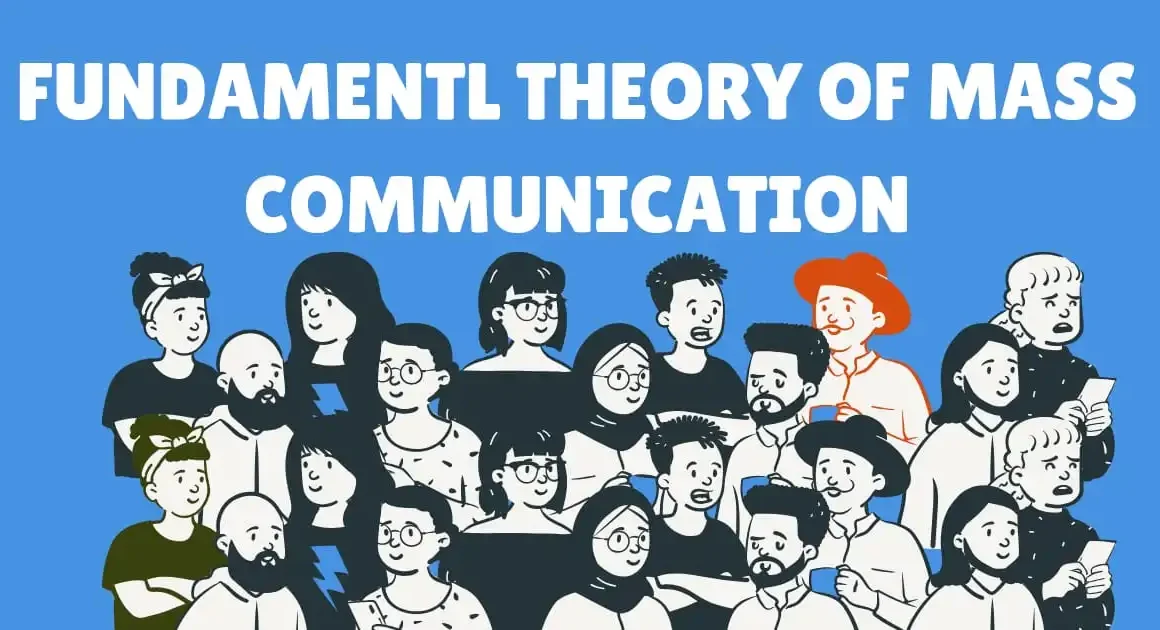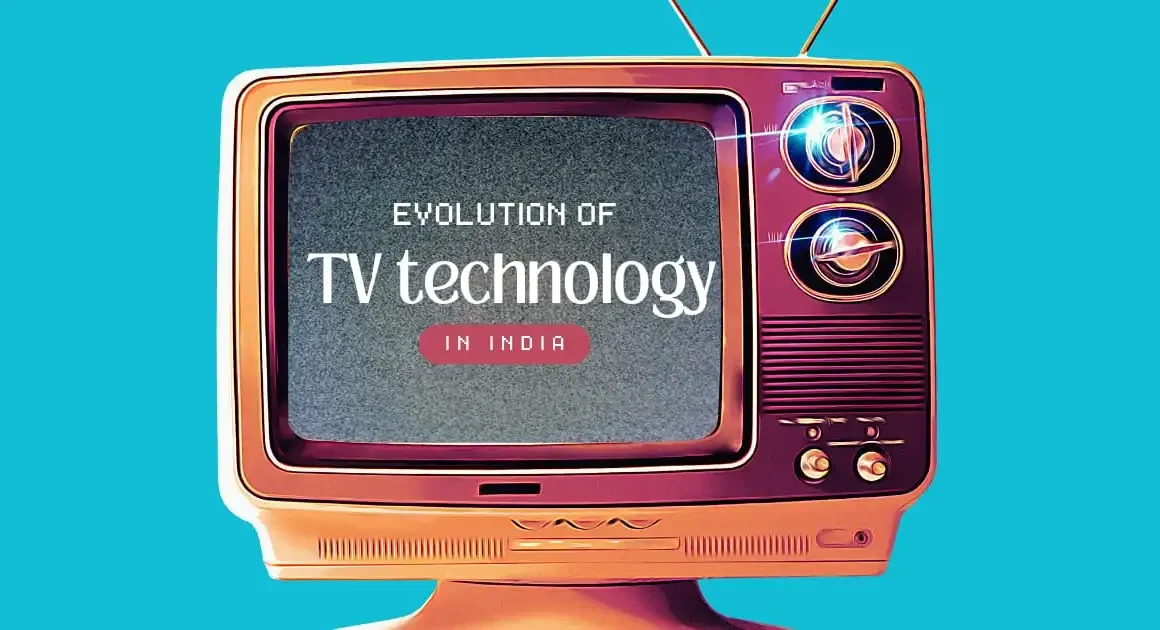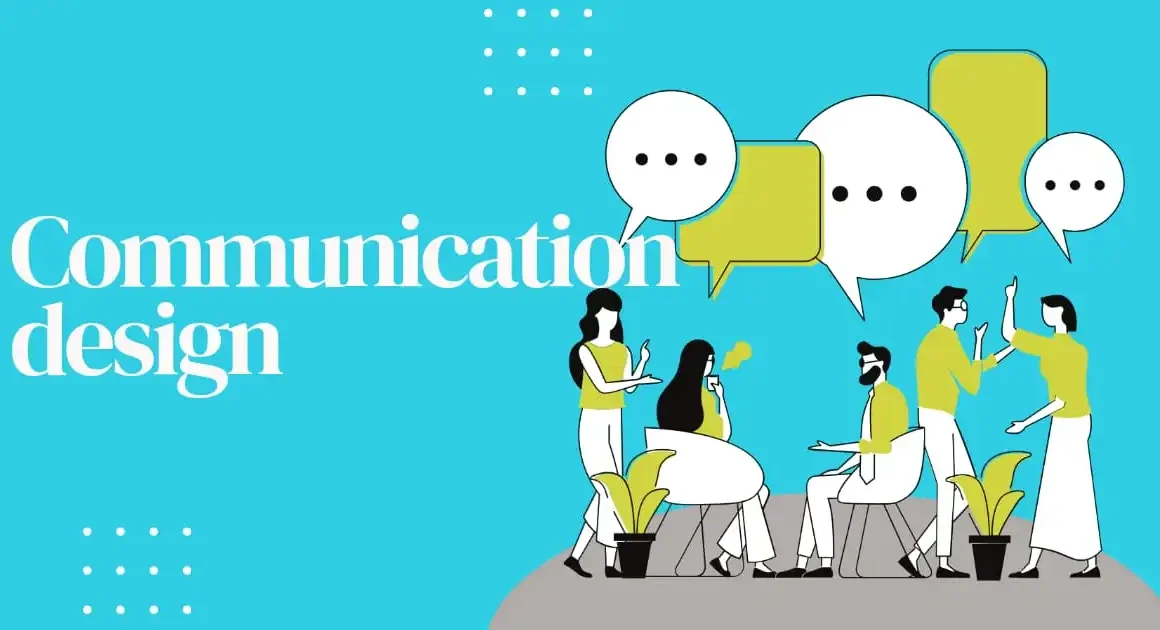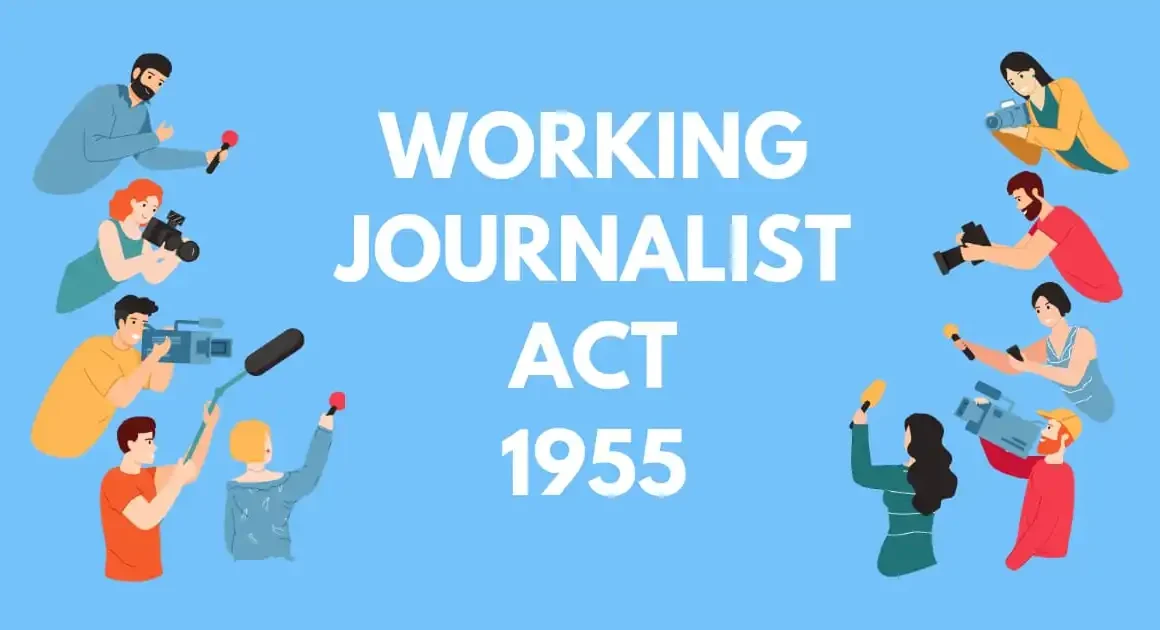The study of mass communication stands as a cornerstone in understanding how information permeates societies on a grand scale. The field of mass communication has given rise to a plethora of theories. These theories seek to explain the intricacies of how large audiences transmit and receive messages . We delve into the fundamental theories of mass communication, each contributing to the tapestry of understanding this complex phenomenon.
Media and Audience theory
The relationship between media and audience has been a subject of fascination and study. Theories of mass communication provide a framework for understanding the intricate dynamics that shape how we disseminate the information.
1. Social Category Theory
The Social category theory was propounded by Melvin de Fleur in 1970. ‘The members of a given social category determined by age, gender, location, socio-economic status will seek out similar communication messages. They will also respond to more or less similarly, other things being equal’. This is the basic assumption of the Theory.
De Fleur argued that media messages influence the people more likely. Those messages are relevant to their social categories. For example, working-class people are more likely to be influenced by media messages about labor unions and economic issues. But media messages about education and family values influence the middle-class people . Social category theory has been criticized for being too simplistic.
2. Selectivity Theory
Selectivity theory in communication argues that people are selective about the media messages they expose themselves to, pay attention to, comprehend, and remember. A variety of factors influence this selectivity, including people’s prior beliefs, attitudes, and interests.
Selectivity theory is based on the following assumptions:
- People are motivated to seek out and consume information that is consistent with their existing beliefs and attitudes.
- People are more likely to pay attention to media messages that are relevant to their personal interests.
- People are more likely to comprehend and remember media messages that are consistent with their existing knowledge and experiences.
- Selectivity theory suggests that people are not passive receivers of information but active participants in the communication process.
- Their preexisting attitudes and beliefs play a significant role in shaping how they perceive and respond to the information they encounter.
- This theory has important implications for understanding media consumption, persuasion, and the influence of communication on public opinion.
3.Individual difference theory
Individual difference theory in mass communication argues that people respond differently to the mass media according to their individual differences. These individual differences can include factors such as personality, demographics, cognitive abilities, and social experiences. This theory acknowledges that individuals are not uniform in their reactions to mass media . But vary based on their unique psychological, social, and demographic characteristics.
Individual difference theory is based on the idea that people are not passive recipients of media messages. Instead, they actively process and interpret these messages in ways that are influenced by their individual characteristics. For example, negative news stories influence a person who is highly anxious. But positive news stories influence a person who is highly optimistic.
4.Social Relations Theory
Social relations theory in communication is a theoretical framework that examines the role of interpersonal relationships in mediating the effects of mass media. The theory suggests that our social relationships, particularly with significant others, influence how we interpret and respond to media messages.
The theory is based on the following assumptions:
- People are social creatures who have a need for belonging and connection.
- Social relationships provide us with a sense of identity, support, and validation.
- Our social relationships influence our attitudes, beliefs, and behaviors.
- The individuals do not consume and interpret mass media messages directly, but rather filter through our social networks.
Social relations theory has been used to explain a wide range of media effects, including:
- Selective exposure: People are more likely to expose themselves to media messages that are consistent with their existing attitudes and beliefs, and less likely to expose themselves to messages that challenge them. This is because people want to maintain consistency in their social networks and avoid conflict with significant others.
- Selective perception: People tend to interpret media messages in a way that is consistent with their existing attitudes and beliefs. This is because people want to make sense of the world around them in a way that is consistent with their worldview.
- Selective retention: People are more likely to remember media messages that are consistent with their existing attitudes and beliefs, and less likely to remember messages that challenge them. This is because people want to maintain consistency in their social networks and avoid conflict with significant others.
We use social relations theory to explain how we can use social media to build and maintain social relationships. For example, people may use social media to stay in touch with friends and family, to meet new people, and to share information and experiences. We can use social media to support social causes and to mobilize people for action.
5.Cultivation Theory
George Gerbner proposed the cultivation theory. It is one of the core theories of media effects. According to the theory, people who watch television frequently are more likely to be influenced by the messages from the world of television. The influence goes to such an extent that their world view and perceptions start reflecting what they repeatedly see and hear on television. Television is,therefore, considered to contribute independently to the way people perceive social reality.
It suggests that the more people are exposed to certain messages and portrayals in the media, the more they are likely to perceive the real world in ways that align with those messages. In essence, heavy media consumption “cultivates” a particular view of reality.
Gerbner and his colleagues were interested in understanding how television was shaping American culture. They conducted a series of surveys in which they asked people about their television viewing habits and their perceptions of the world.
Gerbner’s research found that heavy television viewers were more likely to believe that the world is a dangerous place, that crime is more prevalent and violent than it is in reality, and that people are more likely to be victims of violence. He also found that heavy television viewers were more likely to hold stereotypical views of different groups of people, such as women and the old people.
Gerbner argued that television’s portrayal of the world is not simply a reflection of reality, but rather a constructed reality. He called this constructed reality the “mean world syndrome.” Gerbner argued that heavy television viewers are more likely to believe in the mean world syndrome because they are exposed to it more often and for longer periods of time.
6.Uses and Gratification Theory
The Uses and Gratifications Theory is a communication theory that focuses on why and how people actively choose specific media content to satisfy their individual needs and desires. Instead of treating audiences as passive receivers of media messages, this theory places emphasis on the active and selective nature of media consumption. It suggests that people consume media for various reasons, and they seek gratification from their media choices.
Here are some examples of how we can apply UGT to real-world media consumption:
- A person might watch a comedy show to relieve stress and have a laugh.
- A person might read a news article to learn about a current event that is important to them.
- A person might use social media to connect with friends and family members who live far away.
- A person might watch a documentary about a particular culture to learn more about their own identity.
UGT is a complex and multifaceted theory, but its basic premise is simple: people use media to satisfy their own needs and desires. By understanding the gratifications that people seek from media, we can better understand how media use shapes our lives.
Media and Public
Theories of mass communication provide a theoretical framework to comprehend the dynamics between media and the public, shedding light on how we disseminate, receive, and interpret the information is .
1.Magic Bullet theory
The Magic Bullet Theory, also known as the Hypodermic Needle Model, is a theory of communication that suggests that the mass media has a direct, immediate, and powerful effect on audiences. The theory is based on the idea that the media is like a “magic bullet” . We can use to “inject” messages into the minds of audiences.
The Magic Bullet Theory was developed in the early 1900s, during a time when mass media was relatively new and powerful. At the time, many people believed that we can use the media to manipulate public opinion and control people’s behavior.
The theory has been widely criticized for being simplistic and inaccurate. Research has shown that the media does not have a direct and immediate effect on audiences. Instead, audiences are active participants in the media consumption process, and they interpret media messages in a variety of ways.
Despite its criticisms, the Magic Bullet Theory remains an important concept in media studies. It is a reminder that the media can have a powerful influence on public opinion, and that we should be critical consumers of media messages.
Here are some examples of the Magic Bullet Theory in action:
- A politician using propaganda to persuade voters to vote for them.
- A company using advertising to convince people to buy their products.
- A news organization using sensational headlines to attract readers.
We can use the Magic Bullet Theory to explain how the media can be used to manipulate and control people. However, it is important to remember that the media is not the only factor that influences people’s thoughts and behavior. Other factors, such as individual differences, social norms, and cultural values, also play a role.
It is also important to note that the Magic Bullet Theory is more relevant to traditional mass media. Examples are television and radio, than to new media, such as the internet and social media. New media platforms give audiences more control over the media they consume. They make it easier for audiences to share and discuss their own opinions.
2. Stimulus response theory
Stimulus-response theory in communication suggests that communication is a linear process of transmitting information from a sender to a receiver. According to this model, the sender produces a message (stimulus) that is transmitted through a channel to a receiver , then responds to the message (response).
The model was developed in the early 1900s. It was based on the work of behaviorist psychologists such as Ivan Pavlov and John B. Watson. Behaviorists believed that the stimulus-response relationship could explain all behavior, including human behavior.
In the context of communication, the stimulus-response model suggests that the sender’s message is the stimulus. The receiver’s response is the response. The channel is the medium through which the message is transmitted.
The model is a simple and straightforward way to understand communication. However, it is important to note that communication is often more complex than the stimulus-response model suggests. For example, communication is often a two-way process, with the sender and receiver exchanging messages. Additionally, a variety of factors influence the receiver’s response. Some of them are their own personal experiences, beliefs, and attitudes.
Here are some examples of stimulus-response theory in communication:
- A child hears their mother say “It’s time to go to bed” and goes to their bedroom.
- A person sees a billboard for a new restaurant and decides to try it.
- A voter sees a political ad and decides to vote for the candidate who is featured in the ad.
3.Agenda setting
This Theory suggests that the media has the ability to influence the importance placed on the topics of the public agenda. In other words, the media can shape public opinion by deciding which issues to cover. Also, how much coverage to give them.
The theory was first proposed in the 1960s by Maxwell McCombs and Donald Shaw. They studied the relationship between media coverage of the 1968 US presidential election and public opinion. They found that the issues that were covered most frequently in the media were also the issues that people considered to be most important.
Agenda-setting theory has been widely studied and applied to various forms of media, including newspapers, television, radio, and social media. It has been found to be effective in influencing public opinion on a wide range of issues, including politics, economics, social issues, and crime.
There are a number of factors that can influence the agenda-setting power of the media, including:
- The prominence of coverage: We cover an issue the more prominently in the media, the more likely it is to be considered important by the public.
- The frequency of coverage: The more frequently an issue is covered in the media, the more likely it is to be considered important by the public.
- The framing of coverage: The way that an issue is framed in the media can influence how people think about it. For example, if an issue is framed as a crisis, people are more likely to view it as important.
Agenda-setting theory has important implications for both the media and the public. The media should be aware of the power they have to shape public opinion and use that power responsibly. The public should also be aware of the media’s agenda-setting power and be critical of the information they consume.
Here are some examples of agenda-setting theory in action:
- If the media gives a lot of coverage to a crime story, people are more likely to believe that crime is a major problem.
- If the media gives a lot of coverage to a political candidate, people are more likely to vote for that candidate.
- If the media gives a lot of coverage to a social issue, people are more likely to support policies related to that issue.
Agenda-setting theory is a powerful tool for understanding how the media influences public opinion. It is important to be aware of this theory and to be critical of the information we consume.
4.Priming and framing theory
Priming and framing theory are two closely related theories in mass communication that explain how the media can influence people’s thoughts and behaviors.
Priming theory suggests that the media can influence the way people think about an issue by making certain concepts or associations more accessible in their minds. For example, if a news story is about a crime, it may prime people to think about crime in general. This can lead people to overestimate the prevalence of crime or to view crime as a more important issue than it actually is.
Framing theory suggests that the way the media presents information can influence how people interpret and understand it. For example, a news story about we can frame a new government policy as either a positive development or a negative development. The way the story is framed can influence people’s opinions of the policy, even if we present them with the same basic facts.
We can use priming and framing theory to explain a wide range of media effects, including:
- How the media influences public opinion on political issues
- How the media influences people’s attitudes towards social groups
- How the media influences people’s consumer behavior
- How the media influences people’s health behaviors
Here are some examples of priming and framing theory in action:
- If a news story about a political candidate focuses on their negative qualities, it may prime people to think about those qualities when they vote.
- If an advertisement for a product is framed as a way to improve your life, it may prime you to think about your life in a negative way, making you more likely to buy the product.
- If a public health campaign is framed as a way to avoid negative consequences, such as disease or death, it may prime people to think about those consequences, making them more likely to take action to protect themselves.
It is important to be aware of priming and framing theory so that you can be critical of the information you consume and understand how the media may be influencing your thoughts and behaviors.
5.spiral of silence theory
In 1974, the German political scientist Elisabeth Noelle-Neumann proposed the Spiral of Silence theory, a mass communication theory that elucidates how individuals’ readiness to publicly express their opinions.
The spiral of silence theory is based on the idea that people have a natural fear of social isolation. This fear leads them to constantly monitor the opinions of others in order to determine which opinions are acceptable and which are not. When people perceive that their opinion is in the minority, they are less likely to express it publicly. This can lead to a spiral of silence, in which the minority opinion becomes less and less visible, and the majority opinion becomes more and more dominant.
Several research studies have provided support for the Spiral of Silence theory. For example, one study found that people were more likely to express their support for a political candidate if they believed that the candidate was popular. Another study found that people were less likely to express their opinions on controversial issues if they believed that their opinions were in the minority.
The spiral of silence theory has important implications for both the media and the public. The media should be aware of the power they have to influence public opinion and should use that power responsibly. The public should also be aware of the spiral of silence theory and be critical of the information they consume.
Here are some examples of the spiral of silence theory in action:
- A news story indicating a political candidate’s lead in the polls can make supporters of the rival candidate less likely to publicly express their support.
- If a social media platform removes content that expresses a certain opinion, it may lead people who hold that opinion to be less likely to express it publicly on other platforms.
- If a group of people are discussing a controversial issue and one person expresses an unpopular opinion, the other people in the group may be less likely to express their own opinions, even if they agree with the unpopular opinion.
The Spiral of Silence theory illuminates how public opinion shapes and how the media wields influence over it. It is important to be aware of this theory and to be critical of the information we consume.




